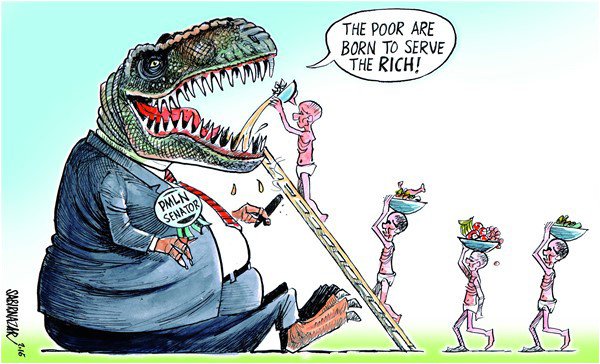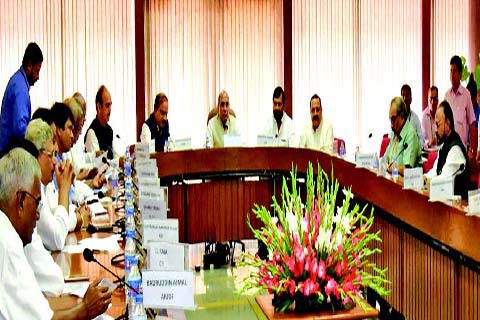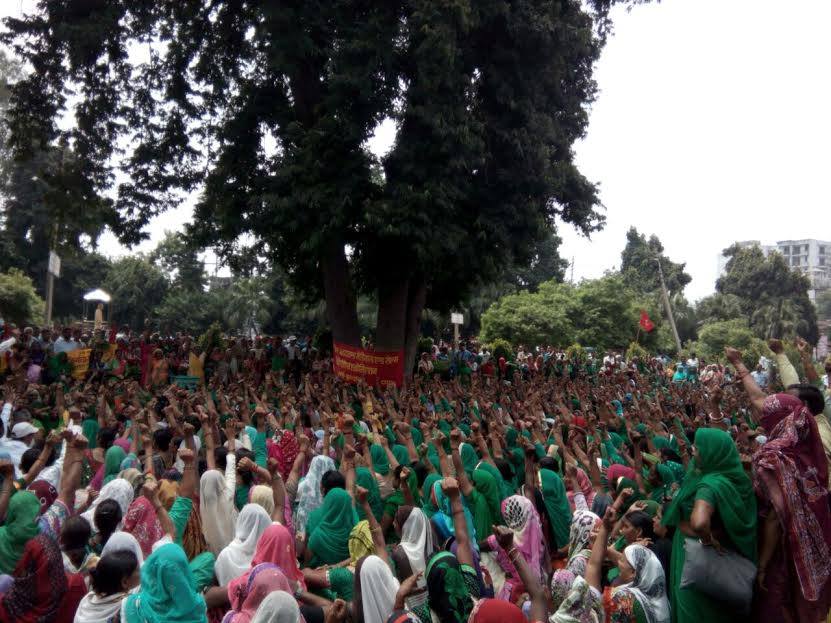
South Kahmir is today lost to us, it is a liberated zone: Sanjay Tikoo
On the evening of the first day of the All Party Delegation to Kashmir a forty minute conversation with Sanjay Tikoo of the Kashmiri Pandit Sangharsh Samiti has been sobering. Living in Srinagar, a vocal and sane voice for the minority pandits whose number has shrunk to less than 4,000 in the valley, here is what Sanjay Tikoo had to say.
“Nothing. I expect nothing to come out of this visit or this delegation. For two long months, the anger in the youth has been allowed to simmer. Somewhere it all began on July 8 when Burhan’s body and funeral were so badly mishandled. The agencies knew, the media knew, and the government knew what the social media depicted–that he had become a poster boy an icon for the youth; they had his photo and videos on their moboile phones! Now if you know he is a poster boy at the age of 20 – how can the establishment, agencies and the think tanks not know this? How do you deal with the funeral and mass presence? Either you do not allow it, use an iron hand or leave it and let it happen; you do not deal with it the way it was dealt with.
We have had this problem for 26 years now, it is not new. This afternoon news of the under construction district collectorate building was burnt down in Shopian, came in. I spoke to our people there, the pandits: what was the rationale behind the attack? Built with Indian tax payers money, Hindustan ka nishaam nahin rahega; ham mita denge: that was the message. What the media is not showing — neither Indian nor Kashmiri — what the government is not admitting is this: South Kashmir is a liberated zone today; the writ of the security forces does not run there. Pakistan has not lost a single soldier and the way India is handling things we are handing over South Kashmir on a platter. Even today on all or most buildings in South Kashmir it is the Pakistani flag that flies aloft buildings: are we blind, do we not want to see it?
We are very worried, as minorities. I am especially worried about the 400 Kashmiri Pandit families in South Kashmir; they are vulnerable today as the mind of the mob rules. In the midst of the night anything can happen; our people live under threat. The irresponsibility of sections of the Indian media is shocking. Times Now etc will be responsible for starting a war on Kashmir..Srinagar is okay, north Kashmir is okay…but South Kashmir is gone.
The slide and rot started when even the previous government lost two windows and golden opportunities. NDA II under Modi was seen to be disastrous, is disastrous. But Chidambaram’s role was not much better. We lost 144 youth in 2010; historic opportunities to recover lost ground were lost in both 2008 and then in 2010.
The scary part today in 2016 is that the so-called movement for Azaadi is under no one’s control. Each village has its own leader; its own mobiliser and organizer. No one is following a calendar of protests. None of the separatist leaders have any followers or say. They did earlier in 2008 and 2010. The youth is not listening to their own parents, how do you expect them to listen to Mehboobaji, Modi or Geelani? India is living in a fool’s paradise today, in 2016. Already we have news that Geelani has turned down Sitaram Yechury’s invitation to talk, so what can we expect from this visit?
South Kashmir is lost to us, to the security forces: districts of Shopian, Phulwama, Anantnag. The way the mob mentality works, the Kashmiri Pandit families are in real danger. Does India understand that for the last 60 days the national highways cannot be operated? What are the state and central government doing? Fifteen to twenty days back a bus was stopped at night on the highway and a mob asked if non-Muslims were on it. There is palpable fear even as ISIS videos are being widely circulated and a new kind of mentality holds sway.
There are strong rumours that October 25, the day of the Darbar Move – when the government shifts from the Valley to Jammu — will be used to test the authority of the government. Will the highways be open and free to run? Hundreds of vehicles, cavalcades go through every year. What if they are not allowed to pass? I don’t expect any respite for two months until winter sets in; I hope there are no repercussions or blood spills before that because these will impact India too.
It was the historic opportunity between 2004-2008 when the separatist sentiment had died down that India lost it’s big chance. Today even the National Conference and the bureaucracy that does not want Mehboobaji, a woman to be successful, are playing a cynical role. All in all, we remain worried in Srinagar. Not expecting much at all from the All Party delegation visit.
Background:
Sanjay Tikoo, president of Kashmiri Pandit Sangaresh Smiti, a valley-based group of Pandits who preferred to stay back in Kashmir when the insurgency broke out in early nineties, told Firstpost in 2015 that instead of creating a separate township the Centre should build smart cities which will help in the larger process of reconciliation between the people of the two communities. “I want Habba Kadal back where there used to be 60:40 population of Hindus and Muslims respectively, not separate ghettos. Where the azaan and the temple bells would ring out at the same time. At least Pandits who lived in villages still own their properties but in cities, there is congestion and these smart cities could provide space to people belonging to all religions,” Tikoo said.
"Those who stayed back for these 25 years are already living in a composite culture and sharing their life with their Muslim brethren, but building confidence among those who migrated and convince them to return is an uphill task. We don’t want another Palestine here,” he said.
Other References
Kashmiri Pandits: Why we never fled Kashmir
Home Page Image Courtesy: Al Jazeera


















